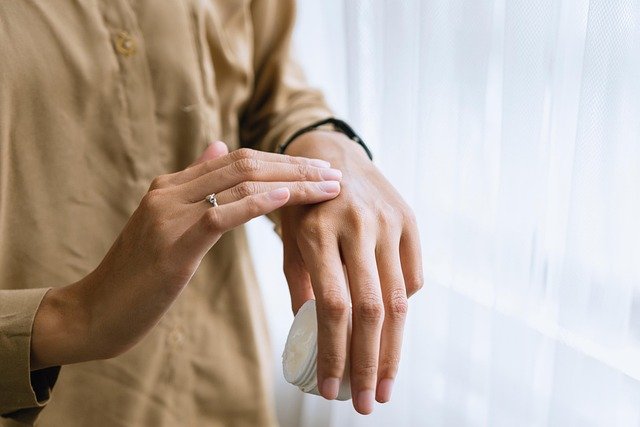Age Spot Treatment: Options for Pigmentation on the Skin
Age spots (also called liver spots or solar lentigines) are flat, darker patches that appear on sun-exposed skin as people get older. They result from localized increases in melanin and are common on the face, hands, shoulders, and arms. This article explains typical causes, how dermatology evaluates them, available treatments, at-home care, and prevention strategies to help you understand choices for pigmentation concerns.

This article is for informational purposes only and should not be considered medical advice. Please consult a qualified healthcare professional for personalized guidance and treatment.
What causes age spots and pigmentation?
Age spots form when melanocytes (the pigment-producing cells) cluster or become more active in small areas of the skin. Chronic ultraviolet (UV) exposure is the primary trigger, accelerating melanin production and causing visible darkening over time. Other contributors can include genetic predisposition, hormonal changes, and certain medications that increase photosensitivity. While age spots are usually harmless, new or changing pigmented lesions should be evaluated by a professional to rule out skin cancer.
Melanin production varies by skin type and sun exposure history, so pigmentation patterns differ between individuals. A dermatologist will consider color, size, border regularity, and evolution of a spot during assessment.
How does dermatology assess age spots?
A dermatology evaluation begins with a visual exam and a brief medical history, including sun exposure, medication use, and family skin cancer history. Clinicians use tools like dermoscopy to magnify surface features and distinguish benign age spots from atypical lesions. If a lesion looks suspicious—irregular color, rapid growth, bleeding, or changing borders—a biopsy may be recommended for definitive diagnosis.
Dermatologists also assess skin type and underlying conditions before recommending treatments. This ensures approaches suit your pigmentation, minimize risk of complications like post-inflammatory hyperpigmentation, and align with any other skin concerns.
What skin treatment options are available?
Treatment options range from topical agents to in-office procedures. Topical treatments commonly used include hydroquinone, retinoids, azelaic acid, and over-the-counter ingredients like vitamin C or niacinamide; these aim to reduce melanin production or speed cell turnover. Chemical peels (glycolic, trichloroacetic acid) and microdermabrasion remove superficial pigmented layers, while laser and intense pulsed light (IPL) therapies target melanin with selective light energy.
Each option carries trade-offs: topical regimens take weeks to months and require daily adherence; procedures can provide faster results but involve cost, potential downtime, and varying risks depending on skin type. Discuss realistic expectations and side effects with a dermatologist before starting treatment.
At-home care and over-the-counter approaches for pigmentation
For many people, consistent at-home care supports professional treatments and helps prevent recurrence. Daily broad-spectrum sunscreen (SPF 30 or higher), protective clothing, and limiting peak sun exposure are foundational. Gentle exfoliation and brightening serums with vitamin C, niacinamide, or alpha hydroxy acids can improve tone over time. Over-the-counter hydroquinone is available in some regions, but prescription-strength formulations should be used under medical supervision.
Patch testing new products and introducing actives gradually reduces irritation risk that can worsen pigmentation. If you have darker skin tones, consult a dermatologist before aggressive treatments—some procedures carry higher risks of post-inflammatory pigmentation.
Comparing treatment considerations and matching options to skin type
Choosing a treatment balances factors such as pigmentation depth, skin type, tolerance for downtime, and cost. Superficial age spots typically respond well to topical agents and light peels; deeper lentigines may need laser-based approaches. Darker skin types require tailored protocols and often lower-fluence lasers or staged treatments to lower the chance of pigment changes after therapy.
A stepwise approach is common: start with conservative topical therapies and sun protection, then consider in-office procedures if improvement is insufficient. Track progress with photos and follow-up visits to adjust the plan safely.
Conclusion
Age spot treatment involves understanding the cause, getting an appropriate dermatology assessment, and choosing a plan that fits your skin type and goals. Preventive sun protection, consistent at-home skincare, and informed discussions with a dermatologist help manage pigmentation effectively and reduce the risk of recurrence. Consulting a qualified professional ensures safe, personalized care and accurate diagnosis for any changing or atypical lesions.






